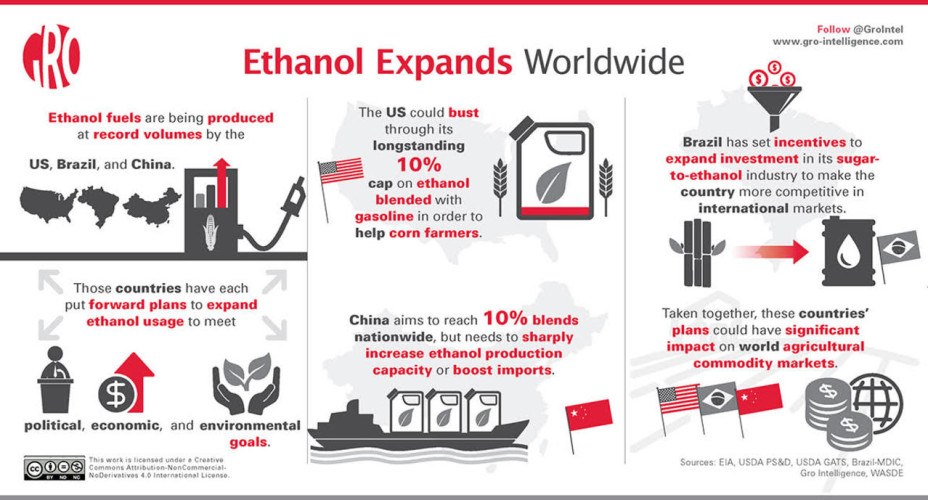Gro-ing New Agricultural Data

Gro-intelligence is helping to create a differentiated source of agricultural data for 21st century global supply chains
In order to refine their operating and investment decisions, companies in the agribusiness/agri-investing space rely on high-quality market data and predictive analysis drawn from that data. In advanced economies, government agencies (such as the USDA in the US) have stepped in to provide such data to US-focused market participants. However, in less developed countries, governments have not built out as robust, well-maintained, or easy to navigate a source for relevant agricultural data.
In order to feed a growing world population, food production needs to grow by as much as 70% from 2010 to 2050.[1]Doing so will likely require companies thinking globally about their food supply chain and having to look to previously under-tapped arable land geographies such as Africa as locales from which they can source the essential ingredients needed for global food. The need to expand sourcing to include under-developed markets brings to the fore the need for accurate and structured data that can be easily juxtaposed with data drawn in from other geographies to allow agribusiness players to make informed decisions about their global supply chains. Against this backdrop of needs, Gro Intelligence has emerged as trusted provider of global agricultural data and analytic tools to help make informed decisions from that data.
The company’s key offerings can be broken up into two broad categories: data collation and visualization and data-based modelling.
The data collation and visualization aspect of the business sources data from ~100 different sources into a single platform with a common ontological language and makes that data accessible through both and online platform and an API, which allows for in-platform visualization, additionally the platform allows data to be easily exported into separate files.[2] Within this part of the business, key challenges include checking and adequately labeling incoming data and the need to create Gro-derived data for topic areas for which no data presently exists. Both challenge areas can be both labor-intensive and potentially distract the company from its core platform/data science and sales functions.
The data-based modelling aspect of the business provides customers with proprietary AI-computed models focused on yield, crop forecasts, and crop masks (where is a crop growing vs. not growing). These models allow customers to take quicker decisions on without having to develop the skills in-house to build and maintain predictive models. The key challenge area here is trying to strike a balance between spending company time/resources to build proprietary models vs. improving the breadth of the platform and expanding its functionality.
Further Opportunities
As global supply chains look even more towards regions like Africa for input crops, companies like Gro can provide agribusinesses with a differentiated means of making good decisions. Moreover, as climate change reduces the accuracy of historical crop patterns, companies like Gro can play a leading role in ensuring that agribusinesses can quickly unlearn the past and re-adjust to the present (and potentially new future scenarios).




